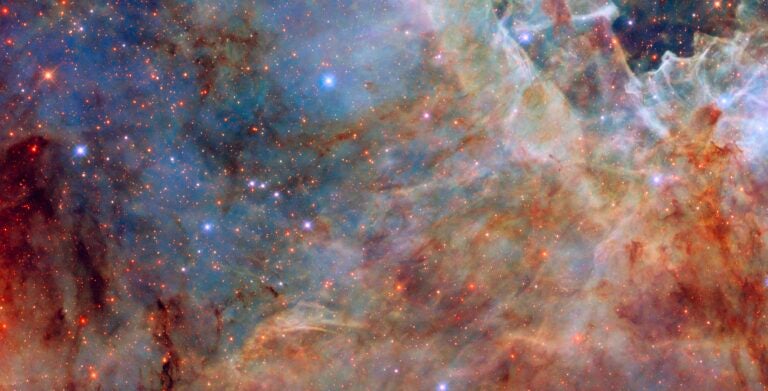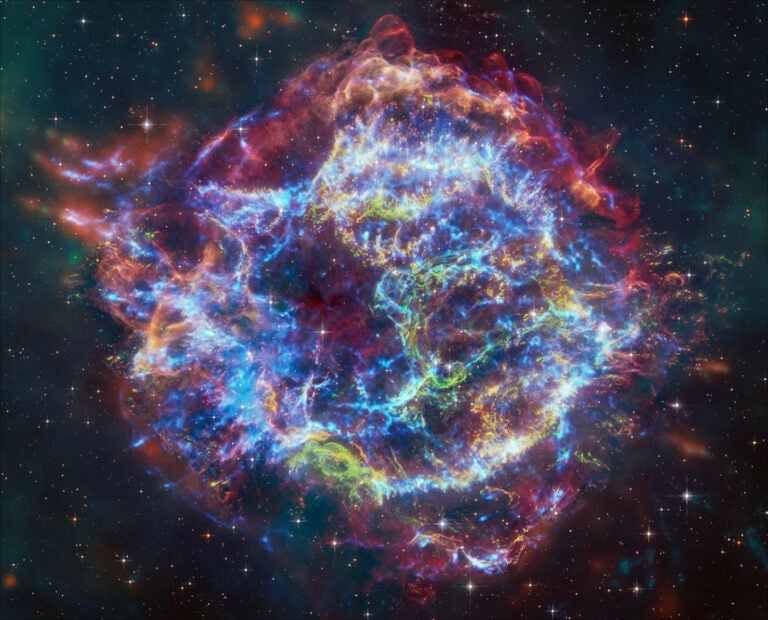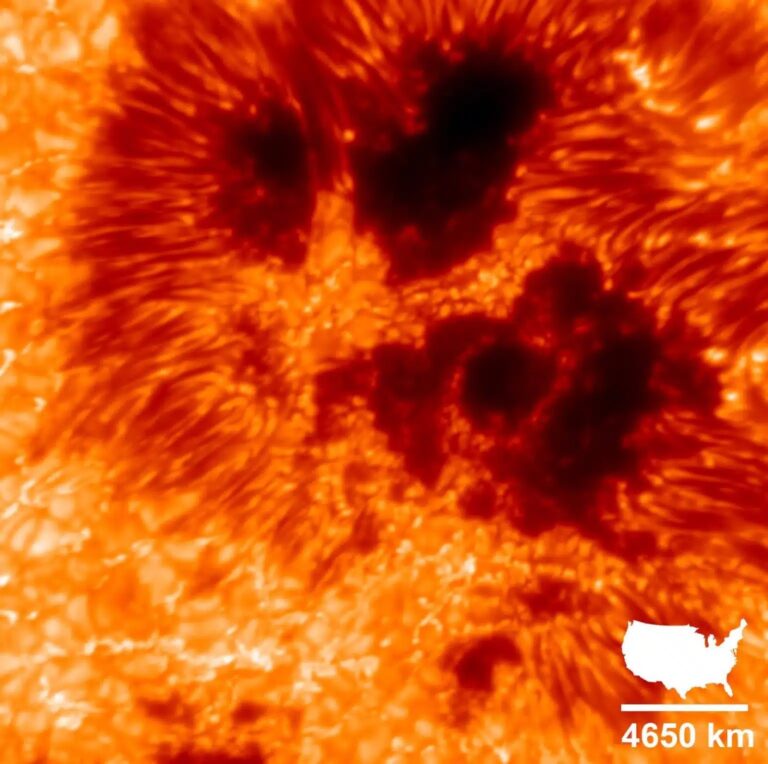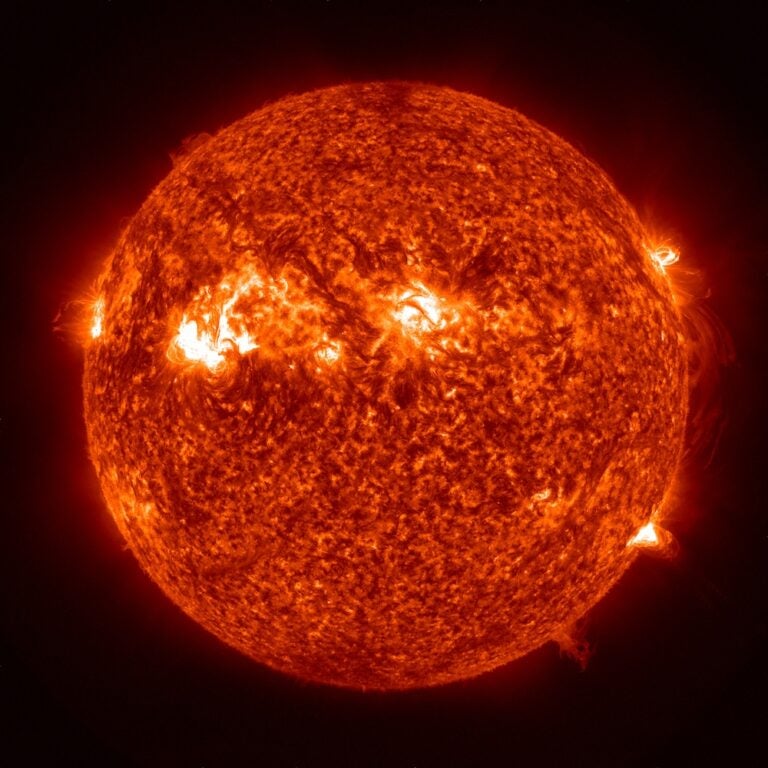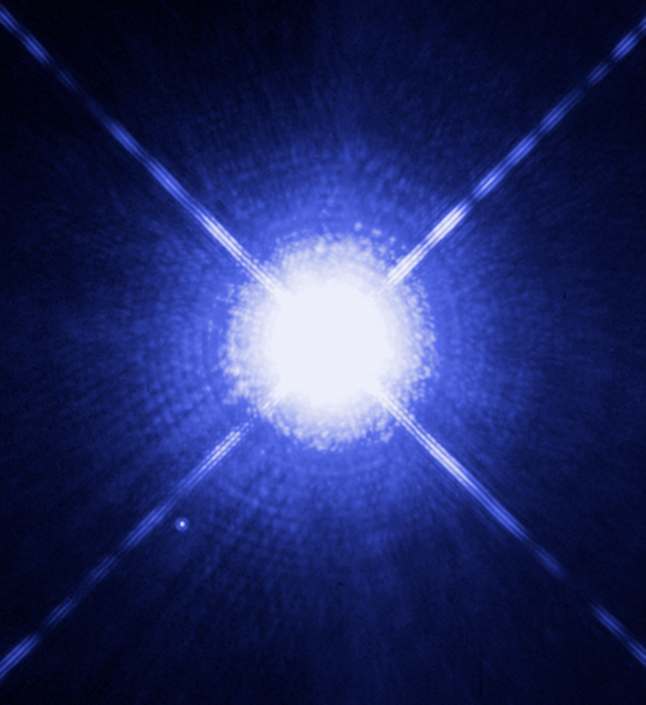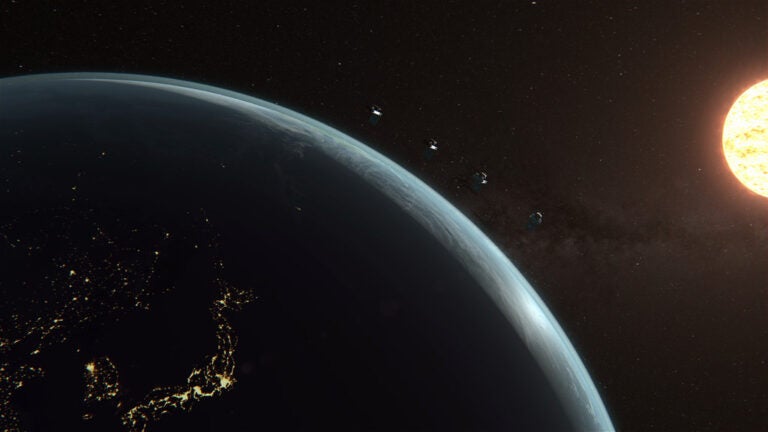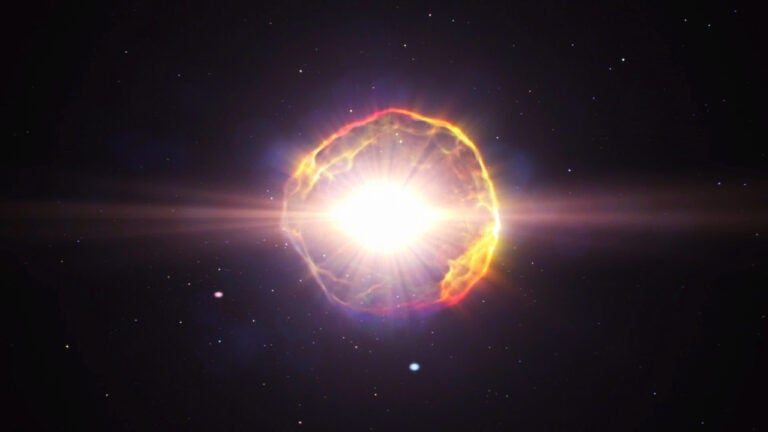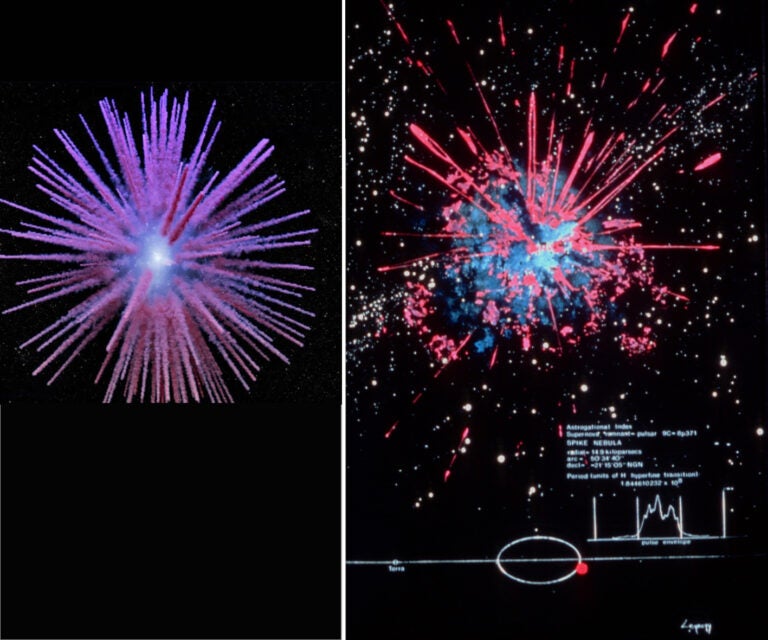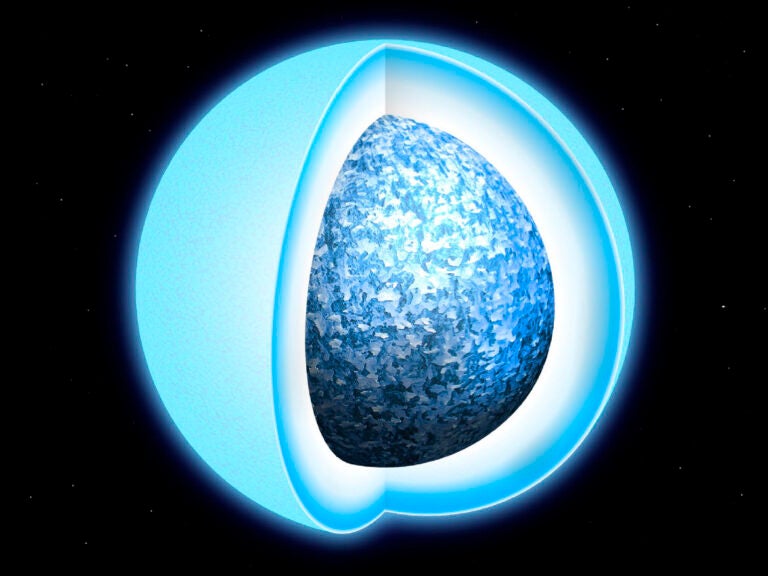

In 1824, German-born Russian astronomer Friedrich Georg Wilhelm Struve undertook an ambitious search for double stars. Using the 9.5-inch Fraunhofer refractor at the Dorpat Observatory in Dorpat, Russia (now Tartu, Estonia), he systematically scrutinized all stars brighter than 9th magnitude and north of declination –15°.
When Struve completed his survey three years later, he had cataloged 3,112 double and multiple stars. Included were many already-known showpiece pairs like Mizar (Struve 1744), Castor (Struve 1110), and the famous “Double Double” Epsilon1,2 (ε1,2) Lyrae (Struve 2382 and Struve 2383). But 80 percent were new discoveries.

